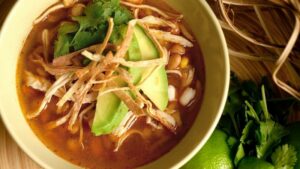Do you crave cuisine with some serious kick? Around the globe, many cultures embrace bold, mouth-burning flavors. From sizzling Mexican salsa to tear-inducing Thai curries, spicy foods bring excitement to the palate.
But not all countries are created equal when it comes to their love of heat. If you enjoy breaking a sweat over dinner, you’ll want to visit these 10 nations famous for flaming hot fare:
- India
- Mexico
- Indonesia
- Thailand
- China
- Vietnam
- Korea
- Philippines
- Malaysia
- Ethiopia
Of course, this list just scratches the surface. Plenty of other lands feature feisty dishes, from Guatemala to Hungary. Even within a country, tastes range dramatically between regions and individuals. Some folks revel in five-alarm chili while others wilt at a dash of black pepper.
Ready to turn up the heat? Let’s explore what makes these cuisines so inferno-fueled and tantalizing. You just may find your new favorite fiery flavors.
Mexico
When you think of spicy food, Mexican cuisine likely comes to mind first. This flavorful fare, influenced by indigenous and Spanish traditions, makes liberal use of chili peppers both fresh and dried.
Popular spicy Mexican dishes include:
- Tacos with salsa roja
- Enchiladas drizzled with tangy mole sauce
- Burritos loaded with sliced jalapeños
- Habanero-spiked guacamole
- Chiles rellenos stuffed with Oaxaca cheese
In particular, the states along Mexico’s Pacific coastline, like Sinaloa and Nayarit, are renowned for their blisteringly hot seafood cocktails and ceviches.
India
India’s cuisine packs a punch thanks to piquant spices like chili pepper, black pepper, cumin, turmeric, and garam masala. This blend of flavors reflects the diverse regional cooking styles found across the subcontinent.
Must-try spicy Indian fare includes:
North Indian Classics
- Butter chicken with a kick
- Tandoori dishes fired up with cayenne
- Samosas with spicy mint chutney for dipping
South Indian Specialties
- Dosa stuffed with fiery potato masala
- Sambar lentil stew flavored with mustard seeds
- Biryani rice studded with chilies
Thailand
Thai food finds the perfect balance between sweet, sour, salty, and spicy. Chili peppers, garlic, galangal, and lemongrass are used liberally to add zesty heat.
Crave-worthy spicy Thai specialties include:
- Tom yum soup with chilies and lime juice
- Spicy papaya salad called som tam
- Green curry with chicken and eggplant
- Stir-fried pad Thai noodles with crushed red pepper
Northern Thailand’s cuisine is especially fiery thanks to local chilies and flavorful herbs.
Korea
Korean food derives its addictive kick from gochujang, a savory and pungent fermented red chili paste. From meaty Korean barbecue to steaming bowls of kimchi fried rice, this versatile condiment adds a spicy dose of umami.
Other popular spicy Korean eats are:
- Bulgogi meat marinated in a spicy sauce
- Tteokbokki rice cakes in a fiery red chili sauce
- Dak-galbi grilled chicken with sweet and spicy marinade
- Kimchi stew brimming with the fermented cabbage
China
While often associated with subtle, aromatic flavors, Chinese cuisine also has its share of mouth-numbing
Iconic spicy Chinese fare includes:
- Kung pao chicken with toasted Sichuan peppers
- Dan dan noodles drizzled with chili oil
- Twice cooked pork belly with cabbage and chili flakes
- Ma po tofu spiked with fermented black beans
Vietnam
With influences from France, China, and Thailand, Vietnamese food balances sweet, salty, sour, bitter, and spicy tastes. Fermented sauces and fresh Southeast Asian herbs add zing to grilled meats and steaming noodle soups.
Crave-worthy spicy Vietnamese dishes are:
- Pho noodle soup with spicy chili sauce
- Banh mi sandwiches with jalapeños
- Grilled lemongrass beef skewers
- Caramelized shrimp with garlic and bird’s eye chilies
Indonesia
This island nation’s cuisine seamlessly blends Indian, Chinese, Arabic, and European flavors. Rice and noodle dishes packed with chili paste are street food favorites across Indonesia’s 6000 inhabited islands.
Can’t miss spicy Indonesian eats include:
- Sambal chili sauce
- Rendang spiced beef curry
- Gado gado salad with chili dressing
- Sate marinated skewers with peanut sauce
- Mie goreng noodles wok-fried with chilies
Malaysia
Drawing from Chinese, Indian, Thai, and Indonesian influences, Malaysian cuisine combines complex layers of aroma and heat. Chili peppers, shrimp paste, tamarind, and ginger add personality to this eclectic blend of curries, grilled meats, and stir-fries.
Satisfying spicy Malaysian fare includes:
- Nasi lemak coconut rice
- Assam laksa noodle soup
- Beef rendang curry
- Roti canai flatbread with curry for dipping
- Char kway teow stir-fried rice noodles
Ethiopia
This unique East African cuisine gets its flair from berbere, a heady
Delectable spicy Ethiopian dishes are:
- Doro wat chicken stew
- Beef tibs dry-fried with jalapeños
- Shiro stew with chickpeas and berbere
- Mesir wot spiced red lentils
- Injera flatbread for soaking up those spices
Jamaica
From jerk chicken to curried goat, Jamaican food packs some serious heat. Scotch bonnet peppers lend fruity nuance to the island’s barbecue glazes, curries, and condiments. Don’t be surprised if your dinner comes with a side of spicy festival fritters!
Other fiery Jamaican specialties:
- Pimento wood-smoked jerk pork
- Spicy escovitch fish
- Ackee and saltfish with Scotch bonnet peppers
- Curried mango shrimp
- Run down stew with coconut milk and scotch bonnets
What Makes These Cuisines So Spicy?
If you’re wondering how these countries developed such fiery food cultures, both history and geography come into play. From indigenous ingredients to trade routes, many factors influenced the evolution of these cuisines.
Chili Peppers
The chili pepper is the most obvious factor uniting spicy global cuisines. Varieties like jalapeños, habaneros, cayenne, Thai chilies, and bird’s eye peppers add searing heat to dishes across continents. They likely originated in regions like Mexico, Central America, and South America before spreading worldwide via trade routes.
Today chili peppers grow abundantly in hot, humid climates like Southeast Asia, Africa, South Asia, and the Americas. That ready availability makes them staple ingredients.
Unique Spice Blends
Many countries have
Regional availability of spices, influenced by climate and geography, helped shape these distinctive blends. They often contain chili peppers plus spices which grow well locally, like cumin, turmeric, cloves, cilantro, and lemongrass.
Influence of Trade Routes
The movement of goods and people throughout history also impacted
Today it’s hard to imagine Vietnamese pho or Italian pizza without chili flakes thanks to this early globalization of ingredients.
Cultural Tradition
In many countries, spicy cuisine is deeply ingrained in culture and identity. People grow accustomed to peppery flavors from a young age, making spices essential for homemade comfort foods.
Religious influences, agricultural customs, and culinary philosophies like India’s Ayurveda also promote
Spicy Dishes Around the World
Now that you know a bit about why cuisine in these countries is so fiery, let’s explore some unique spicy dishes. You’ll find some similar ingredients used creatively in different cultural contexts.
India: Vindaloo Curry
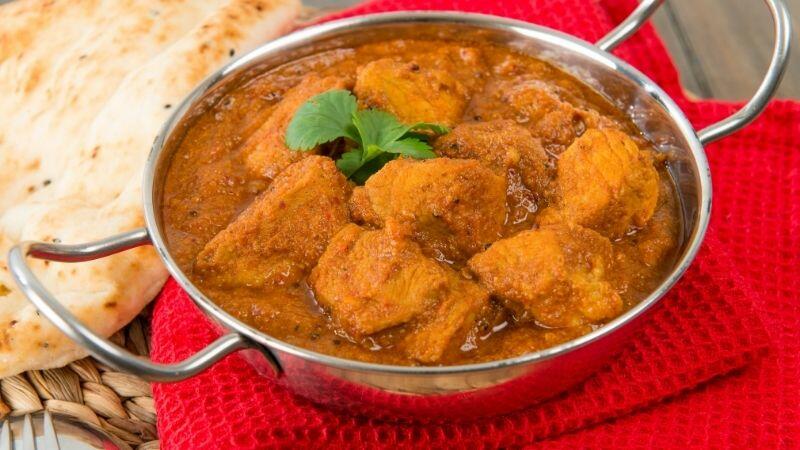
This curry from the state of Goa packs serious heat thanks to chili peppers brought by Portuguese traders. Pork or chicken simmers in a complex sauce including spices like cumin, cloves, cinnamon, and turmeric.
Thailand: Som Tam (Papaya Salad)

This refreshing salad balances the four tastes — sweet papaya, sour lime juice, salty fish sauce, and spicy chilies. It gets a major kick from fresh chopped Thai bird’s eye chilies. Sticky rice on the side helps temper the burning flavor.
Korea: Kimchi
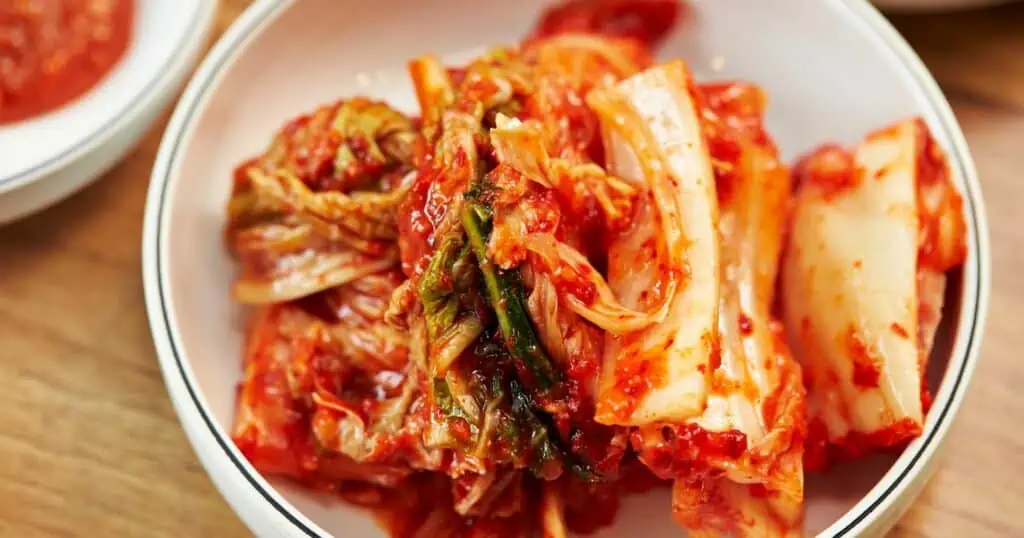
You can’t discuss Korean cuisine without mentioning the national dish — kimchi! This fermented cabbage pickle can be mild or quite peppery. It adds a satisfying crunch and
China: Hot Pot
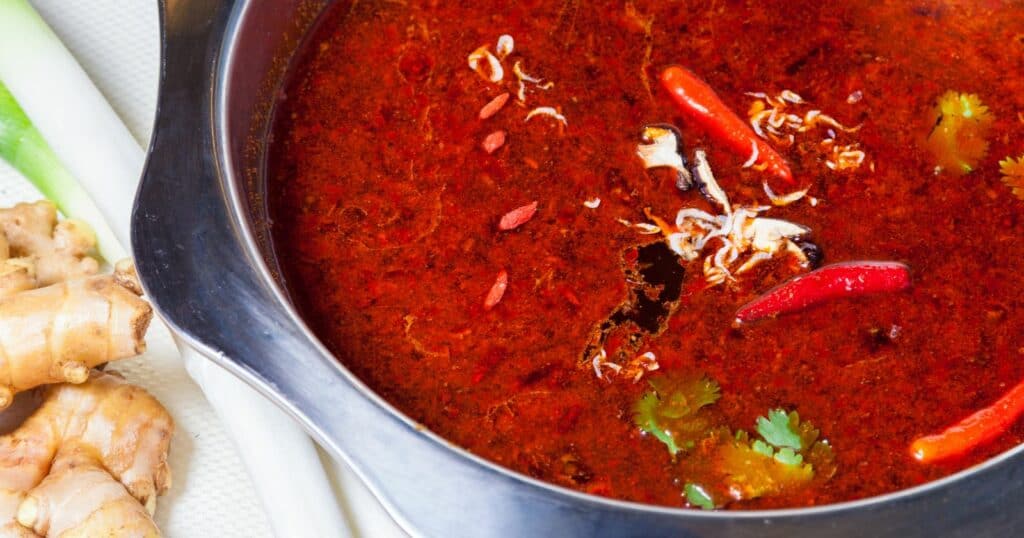
This interactive meal lets you create your own spicy experience. Cook thinly sliced meat and veggies in a simmering broth filled with chilies and Sichuan pepper oil. Control the heat to suit your tastes.
Vietnam: Pho

Vietnam’s national dish features deeply savory beef or chicken broth ladled over noodles and topped with basil, bean sprouts, lime, and chilies. Customize your preferred level of
Indonesia: Sambal
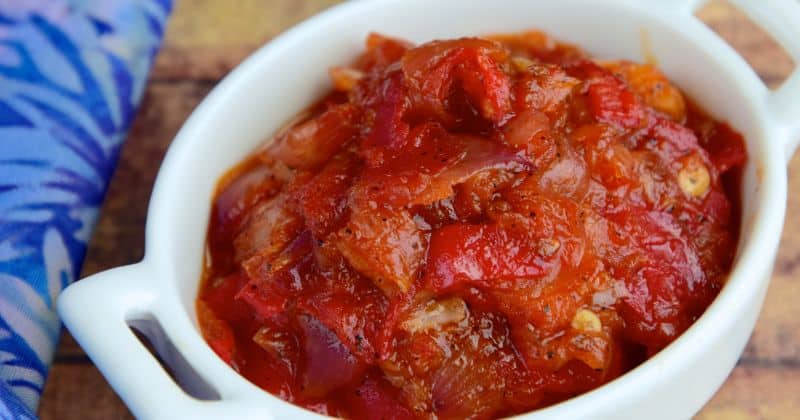
This chili sauce served as a condiment across Indonesia comes in endless variations. Most combine chili peppers, garlic, shallots, salt, tomato, and lime juice. Use it to fire up everything from omelettes to satay skewers.
Malaysia: Beef Rendang
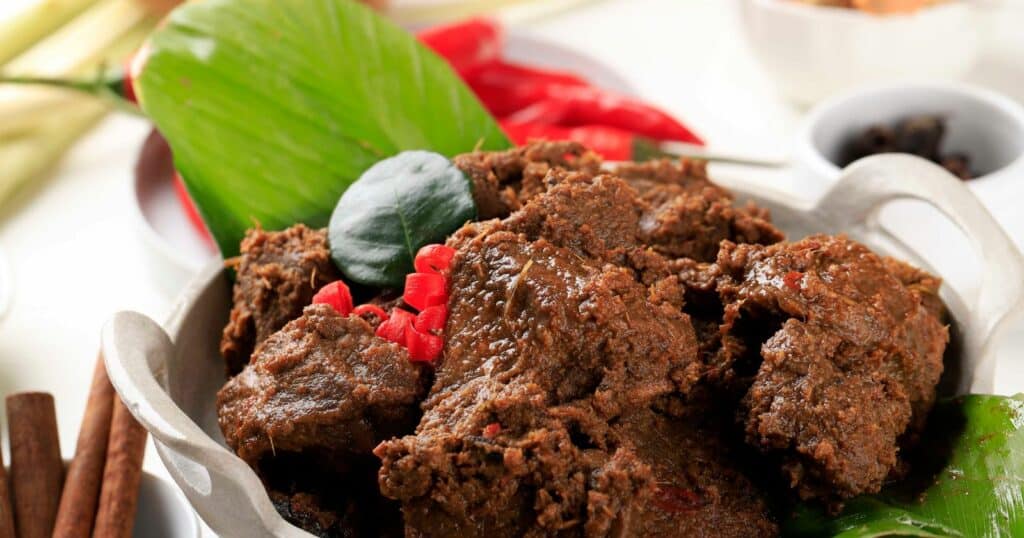
Tender beef slowly simmers in a caramelized curry paste blending chili, lemongrass, ginger, garlic, shallots, and coconut milk. This rich, spicy dish originated in Sumatra but is beloved across Malaysia.
Jamaica: Jerk Chicken
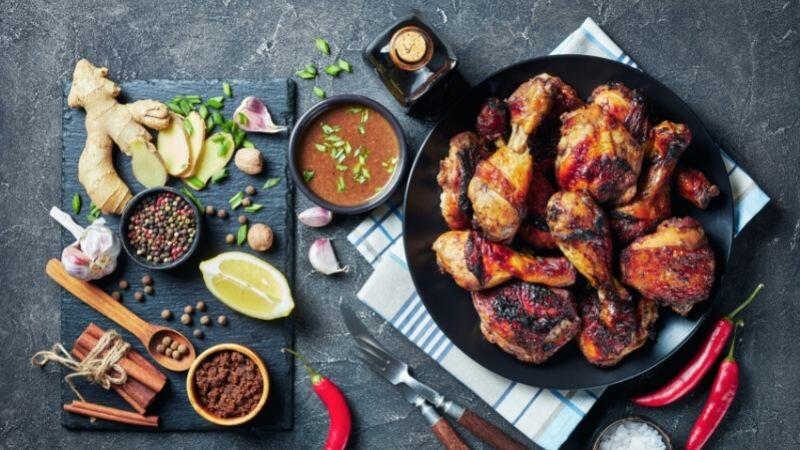
Jerk seasoning makes this Jamaican barbecue chicken irresistible. The marinade often contains scotch bonnet and habanero peppers plus allspice, thyme, garlic, and more. It infuses smoked and grilled meat with addictive spicy sweetness.
Cooking Techniques Across Cultures
While recipes vary widely, some common cooking methods unite spicy global cuisine. How each culture prepares and uses spices impacts their flavor.
Grilling & Broiling
The high, direct heat of grilling and broiling adds charred richness to spicy dishes. It caramelizes chili peppers and other vegetables while sealing in meat juices. Grilled favorites include satay skewers, yakitori, chicken tikka, and jerk pork.
Stir-Frying & Sautéing
Cooking over intense heat in a wok or skillet maintains crisp-tender texture. Ingredients like chilies, garlic, and ginger Infuse oil which coats every component. Spicy stir-fry dishes include kung pao chicken, pad Thai, and Colombian ajíaco stew.
Simmering & Braising
Low, moist cooking methods allow time for spices to permeate ingredients. Gentle simmering or braising mingles flavors in curries, tagines, rendang, chili, gumbo, and more. The heat level builds as chilies soften and meld.
Marinating & Rubbing
Letting meat or veggies soak in a spicy blend boosts flavor. Yogurt, oil, and acid marinades carry heat and aroma deep into ingredients. Spicy rubs and pastes used in jerk, tandoori, and barbecue cling to exterior.
Pickling & Fermenting
From kimchi to escabeche, fermentation adds tangy contrast to
The Impact on Health
To
Potential Benefits
- Chili peppers may boost metabolism and aid weight loss.
- Spices enhance flavor allowing lower sodium options.
- Anti-inflammatory and antioxidant properties in some spices and chilies.
- Chili peppers may reduce `bad’ LDL cholesterol levels.
- Spicy foods may lower blood pressure.
- Chili peppers help thin mucus providing sinus relief.
Potential Risks
- Spicy foods may aggravate gastroesophageal reflux disease (GERD), ulcers, or hemorrhoids.
- Could trigger indigestion, diarrhea, or irritation in those with irritable bowel syndrome.
- Increased heartburn possible, especially when lying down after spicy meals.
- Chili peppers cause sweating and elevated heart rate in some people.
- Topical or airborne capsaicin from handling peppers can irritate skin, eyes, or lungs.
- May exacerbate symptoms for those with chronic inflammatory conditions.
Enjoying Spicy Cuisine Sensibly
So how can you satisfy your hankering for heat while avoiding tummy troubles? Moderation and smart preparation reduces the risks so you can
- Drink plenty of water before, during, and after spicy meals to avoid dehydration.
- Add yogurt-based sauces, rice, bread, or starch to balance stomach-irritating spices.
- Avoid excessive alcohol, caffeine, or carbonation which may worsen heartburn.
- Take antacids if you experience discomfort after eating spicy dishes.
- Use gloves and ventilation when prepping hot peppers to avoid skin or lung irritation.
- Gradually increase your tolerance by building up to extra-spicy cuisine.
- Opt for freshly ground spices which retain more nutrients and flavor over dried.
- Learn your personal limits and avoid foods that consistently cause negative reactions.
Bring the Heat Home
Hopefully this global tour has inspired you to incorporate more herbs, chilies, and zesty spices into your own cooking. With so many amazing cuisines to pull from, let flavor — not just heat — guide your experiments.
What spicy dishes from around the world do you find most tempting? Do you have a go-to





